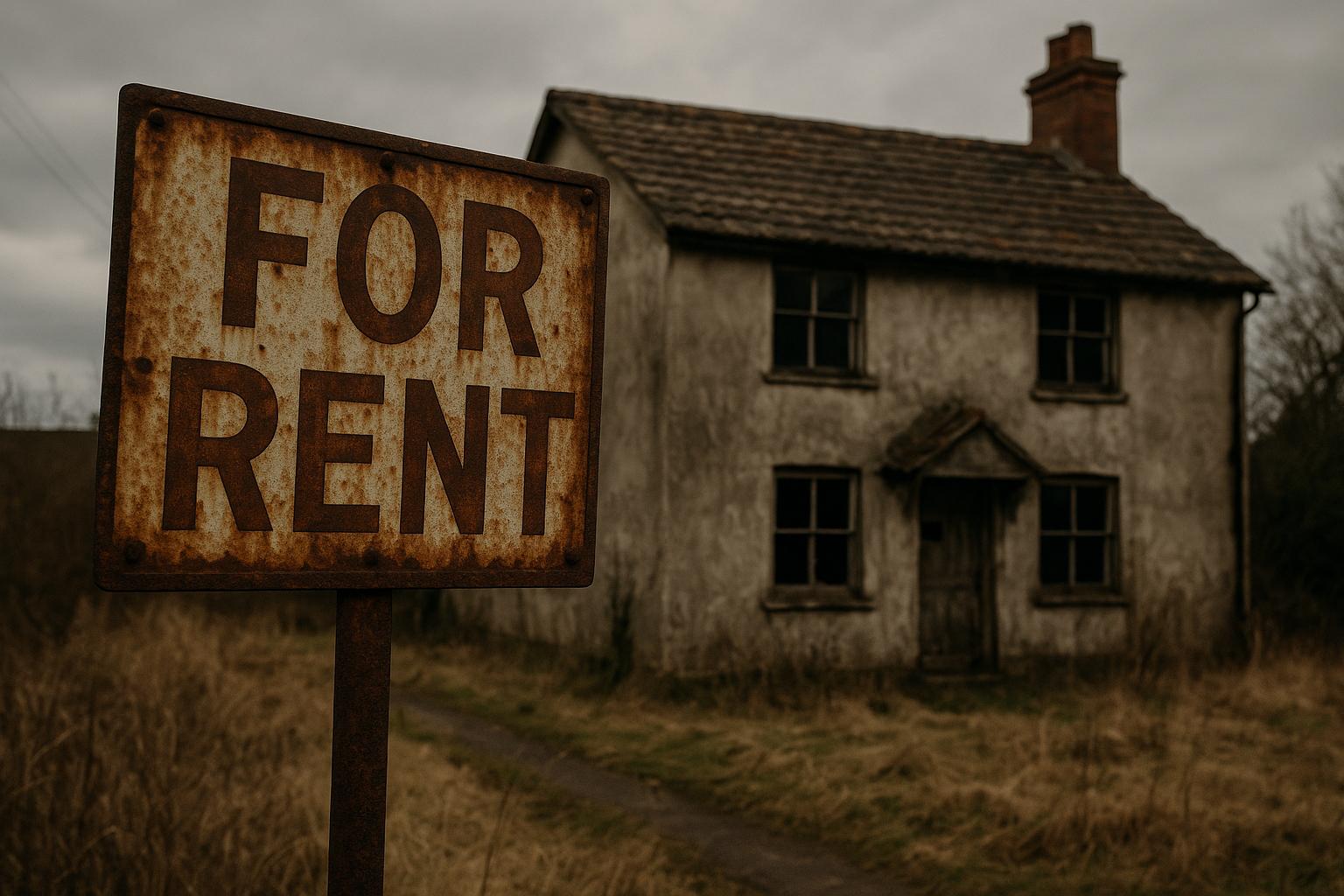Property remains a central topic of conversation in the UK, with much debate around house prices, mortgage rates, buy-to-let investments, and housing supply. To gain a deeper understanding of the current market dynamics, the insights of Jo Eccles, a respected buying agent and founder of Eccord, provide valuable perspective. Eccles, known as one of the UK's top property advisors, offers a nuanced view of the challenges and opportunities facing buyers, landlords, and investors in today’s climate.
Eccles anticipates that average house prices will remain largely flat over the next year, though certain sectors—especially turnkey properties—are outperforming. Buyers increasingly favour homes that require little to no renovation, willing to pay a premium for ready-to-move-in properties, while homes needing refurbishment linger longer on the market. Over a longer horizon, the next decade looks harder to predict. With major events like Brexit, the COVID-19 pandemic, the war in Ukraine, and inflation shocks reshaping the economic landscape, Eccles suggests buyers must be more strategic, focusing on sound internal layouts, location, and future resale potential. She advises considering properties a step further out but of better quality, rather than average properties in pricier zones.
Mortgage rates, a critical factor for buyers and landlords alike, have remained stubbornly high compared to pre-pandemic levels. Eccles expects some modest decline, with the most competitive fixed-rate deals likely to average around 3.5% in a year’s time, unless inflation surges again. Reflecting on her own mortgage decisions, Eccles notes the benefit of locking in a 1.2% fixed rate before rates began to climb, though she regrets not opting for a longer-term fix.
One of the most pressing issues Eccles highlights is the ongoing exodus of landlords from the private rental sector. Approximately one fifth of landlords represented by her firm have sold or attempted to sell properties in the past three years, primarily due to soaring costs—from mortgage rates and stamp duty surcharges to rising service charges and stricter regulatory burdens. This trend aligns with broader market data indicating nearly 100,000 landlords are expected to exit the UK buy-to-let market in 2025 alone, following a significant decline in previous years. HMRC and industry surveys reveal a doubling in landlords paying capital gains tax, signifying more property sales as owners exit the sector.
This shrinking landlord base contributes to a significant fall in rental supply, as confirmed by reports from the Royal Institution of Chartered Surveyors, which noted the steepest decline in rental property listings since the early COVID lockdowns. The approaching Renters Reform Bill, which will ban 'no fault' evictions and impose stricter housing standards, alongside speculated new taxes like national insurance contributions on rental income, intensifies landlord anxieties. These pressures have translated into higher rents, with estate agents expecting increases of around 3% over the next year due to constrained supply.
Despite a recent drop in buy-to-let mortgage rates to their lowest point in years amid heightened lender competition, landlords remain cautious. The lower rates have come too late to offset the cumulative impact of tax hikes, tighter regulation, and growing tenant demands. For instance, landlords now face increased repair costs and often opt for professional property management to navigate complex regulatory requirements. Net rental yields in London have dwindled to around 1–1.5%, often insufficient to cover costs, raising questions about buy-to-let viability. Comparing this to more stable and tax-efficient investments, such as government bonds yielding over 4.5%, or global equities that have outperformed property considerably over two decades, underscores why many landlords reassess their positions.
The London property market exemplifies the complexity of the current environment. House prices have grown only around 13% over the last decade, a real-terms decline considering inflation, despite strong population growth and rental demand. High transaction costs, mortgage restrictions, and limited mortgage availability for first-time buyers dampen sales activity and contribute to inefficient housing stock use. Areas with strong institutional stewardship, like the Howard de Walden and Cadogan Estates, illustrate how focused, long-term investment can drive property value growth and community development, yet such success stories are exceptions amid widespread market inertia.
Eccles suggests that government efforts to increase housebuilding are falling short, as planning delays, soaring construction costs, and weak buyer affordability currently limit developer incentives. Her sentiment is that meeting targets like Labour’s pledge of 1.5 million new homes looks unlikely without bolder infrastructure investment, especially in transport, to open up affordable locations beyond London and the South East.
Ultimately, for those entering the market, Eccles advises building flexibility into purchases to future-proof lifestyles—in terms of space for family growth or rental income potential—given the high transaction costs that now discourage frequent moving. Strong negotiation strategies, empathy with sellers’ circumstances, and credible offer presentation remain vital for securing properties at realistic prices.
In summary, the UK property market is navigating a challenging and uncertain phase. Economic headwinds, regulatory changes, and shifting landlord sentiment are reshaping both the rental and sales markets. While mortgage rates show signs of easing, many landlords continue to depart, tightening rental supply and pushing up rents. Buyers need to adopt a long-term, strategic approach, mindful of local dynamics and the evolving cost landscape. Policymakers face the delicate task of balancing market stimulation with affordability and supply concerns, while investors weigh property’s security and tangibility against the superior long-term returns of equities and bonds.
📌 Reference Map:
- Paragraph 1 – [1]
- Paragraph 2 – [1]
- Paragraph 3 – [1], [3]
- Paragraph 4 – [4], [7]
- Paragraph 5 – [2], [3], [5]
- Paragraph 6 – [6], [1]
- Paragraph 7 – [1], [3], [4]
- Paragraph 8 – [1]
Source: Noah Wire Services
